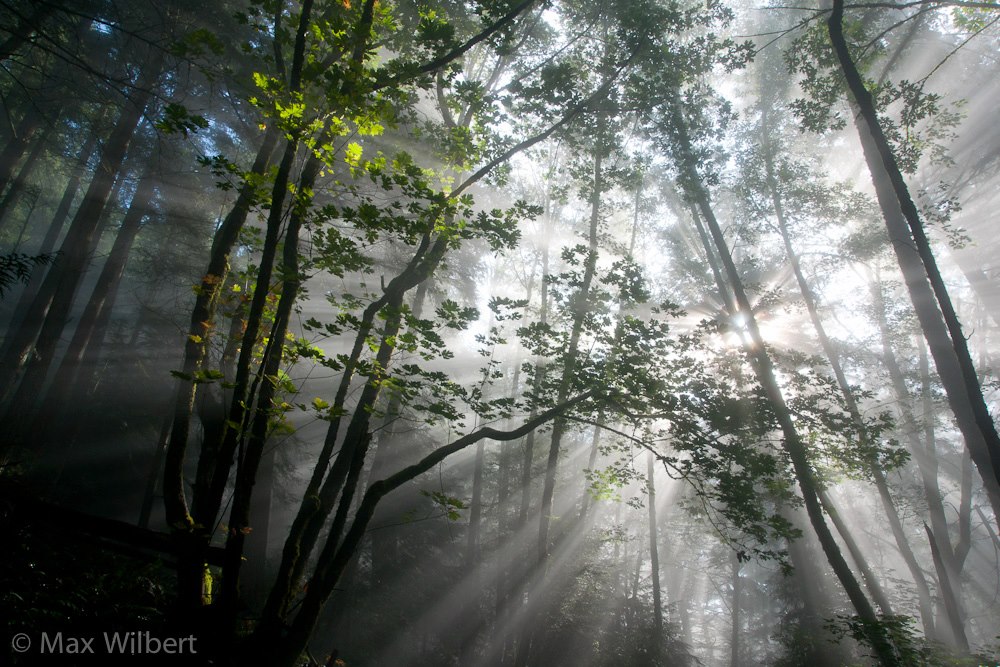
Alex Rose: Love is a Verb
By Alex Rose / Deep Green Resistance Cascadia
We won’t fight for what we don’t know. We won’t die for what we don’t love.
Members of normal communities, living communities, love their community. They love their neighbors. They love their sisters and brothers. They are willing to fight for their community. They are willing to die for it, to protect it, to preserve it.
But this culture takes us from our communities, the lands and families that we belong in, that we belong to. Not knowing them, not loving them, we stand by with a confusion and a pain, not knowing what to do as they’re put upon the rack, stretched and tortured, pulled and prodded, and eventually killed. We don’t know why we hurt. It’s a pain we can’t name, a pain that wells up in places we didn’t know were a part of us.
Pulled and torn apart, our communities are erased and destroyed. We are alone, with walls erected between us. Born and raised in this nightmare, we are all but unable to see it for what it is. We know little beyond the fear and loneliness of this culture, and are terrified of those Others, those inexplicably familiar figures we can’t help but glimpse through the fog that this culture wraps us in. Our terror and fear is molded into hate, and we become the stonemasons ourselves, forever building up the walls that separate us from everyone, everything else we once knew and loved, until these walls become our prisons, and we find ourselves living—locked—in perpetual and solitary confinement.
And this kills us, our isolation. It kills everything. This world of life built upon reciprocity, is murdered, slowly atomized and compartmentalized away to nothing. Stripped of meaning, we are all of us—human communities, watersheds, prairies and oceans—slowly and entirely stripped physically apart into oblivion.
But this isn’t how it has to be. This wandering pain and loneliness isn’t what we are; it is what we’ve become. But it’s not what we must be.
Go and listen to the land, she is calling you. Go stand in the rain and listen as it kisses your face. The wind blows, playing with your hair, and the trees are dancing. Go and sit and listen to them. Listen to the language we used to know.
Go and talk with the trees. Listen to the frogs and hummingbirds and cactus; they will tell you stories. They will tell you about who they are. They will tell you about who you are. Listen to them. Talk to them. Cry with them. Learn them and learn to love them.
This is not easy. Civilization is built on the isolation, the alienation from life that is killing everything worth loving. Feeling that love and that pain is deeply challenging to our manufactured sense of self, our identity and being, to our prisons.
But we need that love and pain. We need the world, both to live and for our lives to have meaning. And unless we learn to listen to it, to know it and to love it and come home to those living communities (those we’ve been told don’t really exist), we will watch—distantly, half-feeling and half-awake—as they slip from existence, while we struggle with a pain and a grief we can’t seem to name or explain.
They feed and shelter us, they teach us, they help us to become ourselves. We need them. We need to know and love them. We need to fight for and defend them. And many of us will have to die for them.
Our love cannot be static, for love is a verb, and it must call us to act. It is not enough to say who and what we love; we must show it by our actions. We must love our homes, our extra-human communities, and we must protect them from the omnicidal slaughter that is the dominant culture, civilization. If we don’t love them enough to stop their enslavement, imprisonment and murder—by any means necessary—then our love is a lie.
We are alive in a living world, a world dancing and humming. The talking, laughing, crying and singing, living and dying is there, all around us in the world. It is the world. And it is a world that calls for our participation, a world that wants to know and love us and wants us to know and love it.
Go and sit with the ocean, the mountains the desert, rivers, trees, frogs, finches, mushrooms, and rocks. Listen to them. Listen to them calling you back, back into being and back into community. Listen to their stories, their dreams, their wisdoms and their songs. Listen until you know them, and then keep listening. Know them, love them, find your home there with them and then fight, protect and defend them.
From Roots and Rain

